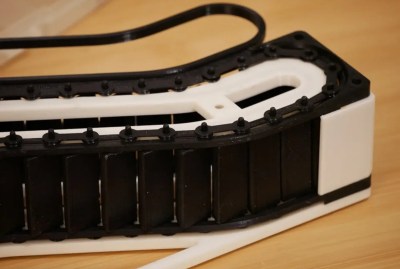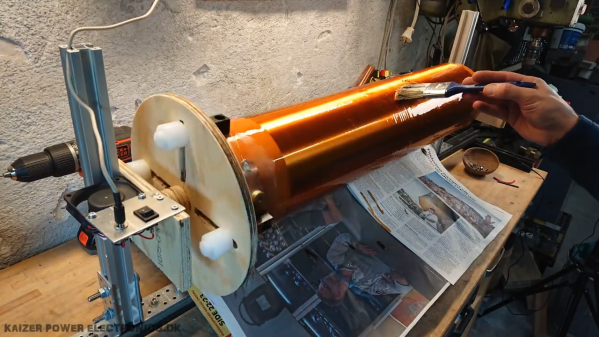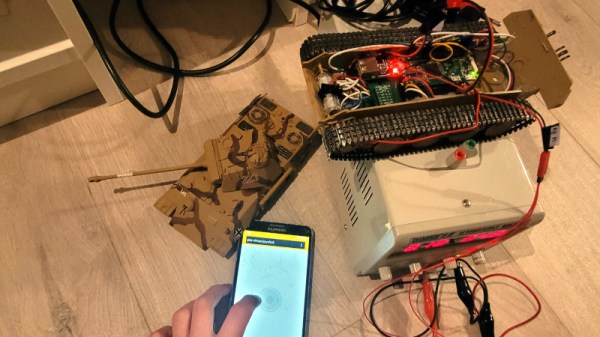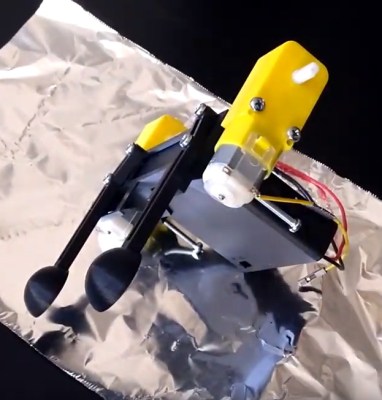Let’s be real, nobody needs a tiny motorized escalator for their desk. But now that you’ve seen it, can you really say you don’t want one of your own? The design comes our way from [AlexY], and is actually the logical evolution of a manually-operated version released previously. But for our money (and 3D printing time), we’d definitely go with this new motorized variant.
 While the core mechanism is largely the same, the powered unit uses a N20 geared motor and an 18650 cell. There’s no fancy motor controller here — just flip the switch and you’ve got 30 RPMs worth of stair-steppin’ action. When you’ve run the cell down, and you will, there’s an onboard TP4056 charging module to keep the good times rolling.
While the core mechanism is largely the same, the powered unit uses a N20 geared motor and an 18650 cell. There’s no fancy motor controller here — just flip the switch and you’ve got 30 RPMs worth of stair-steppin’ action. When you’ve run the cell down, and you will, there’s an onboard TP4056 charging module to keep the good times rolling.
[AlexY] hasn’t had a chance to document the build process for the motorized version of the escalator, but as most of the parts are compatible with the manual version, you should be able to figure it out by referencing the earlier assembly guide.
Hot squirted plastic not your thing? We’ve previously seen a wooden escalator designed to keep a Slinky in motion for as long as it takes for you to realize you could be using your skills for something more constructive.
Continue reading “Up Your Desk Toy Game With This 3D Printed Escalator”
























